
Developing countries are not even close to getting power lines to the majority of its citizens. 1.2 billion people worldwide do not have access to electricity, of which 550 million are in Africa. And even if there is electricity, the all too well known phrase “Lights out” – used to describe complete power cuts – are frequent and unexplained. The power challenge has been taken on by entrepreneurs with a will to affect the lives of those living in remote areas. These innovative inventions are, or will, change how rural communities communicate, learn, and produce.
1. BRCK The team at Ushahidi , the society-changing crowdsourcing data platform, is taking on global interest access, focusing in developing countries. The crowdfunded project, currently in production, BRCK has 8 hour battery back up, switches between Ethernet, wifi, 3G and 4G, and is durable and connectable for any environment. And they have made this clear by saying, “If it works in Afiria, it’ll work anywhere.” The BRCK will be an important tool developing country practitioners and field workers as they can connect, communicate and report instantly. Fellow rural Africa lovers: it’s hard to believe that day is just around the corner!
Juliana Rotich is a founder of Ushahidi and BRCK.
2. NURU ENERGY Human power is a less known alternative energy solution being employed to alleviate poverty in developing countries. Nuru Energy is using enterprise and human legwork to charge lights and batteries in East Africa and India.
3. EMPOWER PLAYGROUNDS Then there are the play-to-power innovations. Empower Playgrounds is equipping rural schools with merry-go-rounds that when played on charge solar lamps. The lamps are then used for night group tutoring sessions in village households.
Above: Empower Playground founder and retired Exxon executive, Ben Markham visits Empower Playground School. Weeks after our team met with Markham, the Asiafo Amanfro Community School visits the same Playground, just several miles away to have a learn-through-play excursion!
4. SOCCKET Uncharted Play decided to use Africa’s favorite sport to generate energy. Still in development but with significant prototypes, their product, the Soccket, is an energy-harvesting soccer ball. Most notably the Soccket been used as an example for African entrepreneurship and renewable energy alternatives by President Obama.
5. GIRADORA A washing machine that doesn’t use any energy? Yes, it’s possible. The pedal powered GiraDora washer and spin dryer helps improve efficiency and reduce the massive amount of time that women spend on hand-washing clothes. Women can spend up to 6 hours washing for their families, with serious health implications from their hovered positions. Living in a world of laundry mats and in-home washer/dryer sets, we don’t realize what the majority of the world must go through for clean clothes. The added efficiency to this seemingly mundane task increases women’s health and ability for productivity. The GiraDora team is now distributing its product in South America.
6. BIOLITE used thermal energy to develop a stove that reduces carbon monoxide, reduces fuel and smoke, AND produces electricity. The “low-cost biomass cookstove” hits a triple-whamm by addressing environmental, health and energy challenges. BioLite makes two kinds of stoves, the CampStove, which emphasizes camping usage and is available for purchase and the HomeStove, the developing country version, currently being launched in Sub-Sarahan Africa and India.
7. PASSIVE VACCINE STORAGE DEVICE Vaccines need to be kept at a very specific temperature or they become spoiled. Keeping this temperature is extremely challenging in areas with inconsistent and no electricity. So how do we reach those living over the mountains, across the rivers and through the woods? Bill Gates is backing the Passive Vaccine Storage Device, a highly regulated temperature storage container specifically for vaccines. Intellectual Ventures’ Global Good program is designing the product in hope that it will support and expand the distribution of vaccines in developing countries. This investment could have a profound impact on rural healthcare, access and treating children and families with preventable diseases.
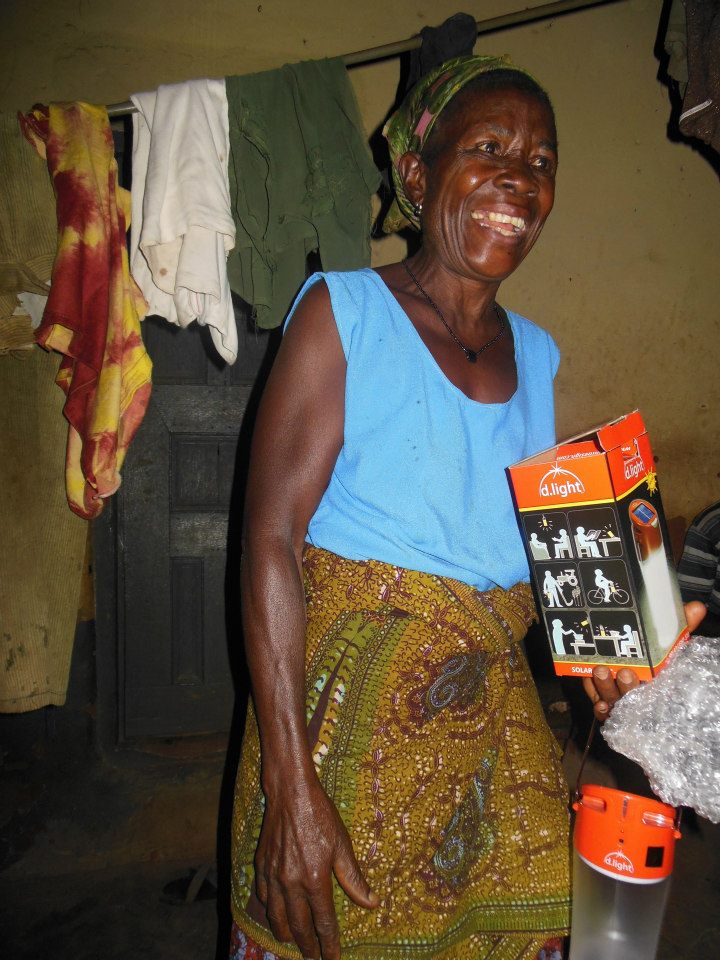
Want to join the solar movement in helping alleviate poverty? Give a solar lamp to a rural family.
8. SOLAR Africa’s biggest asset in producing alternative energy is the sun –the sun is readily available and free! Non-profit organizations and social enterprises have begun to address poverty through the distribution of solar products, most notably solar lights. These products have an immense impact on a family, particularly to women. Light adds several more hours to the day for those without electricity. Imagine the work that can get done after dark? Children’s school work, keeping businesses open longer, sewing, cooking, the list goes on. More light means added productivity throughout the day, particularly for women whose responsibilities extend into the night. While solar energy products continue to be researched and tested, the top solar organizations and companies working in developing countries are Barefoot Power,d.light (the Akaa Project’s lamp of choice), Off.Grid:Electric, Angaza, One Degree Solar, ReadySet, and Grameen Shakti.

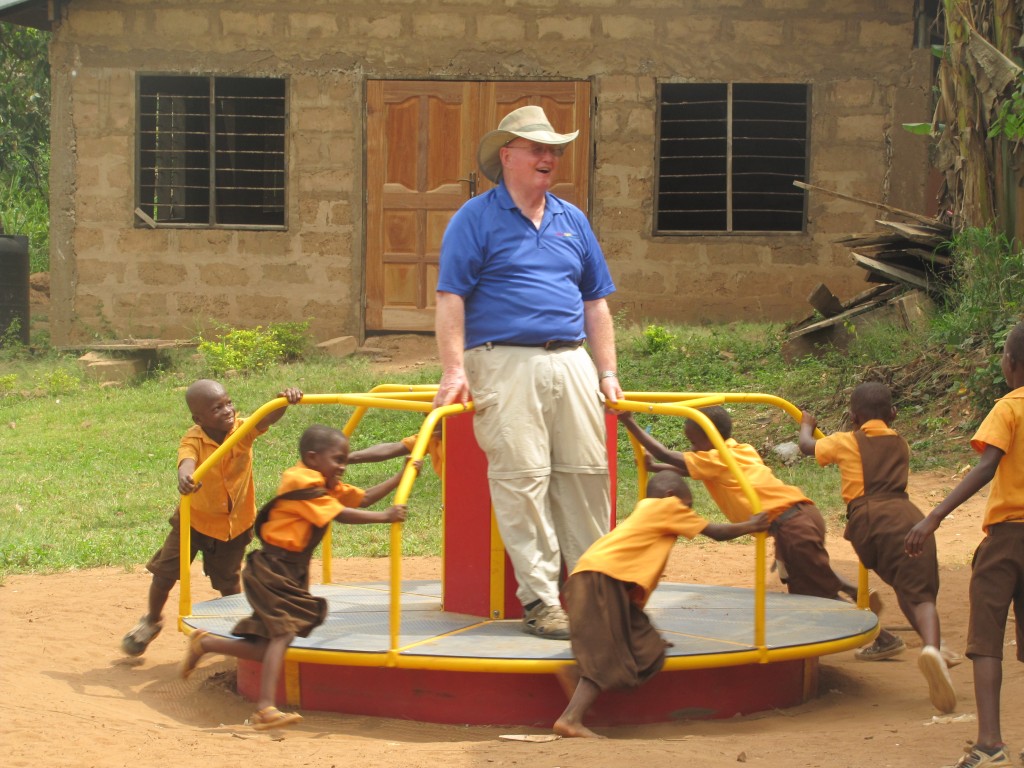


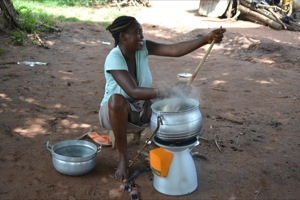
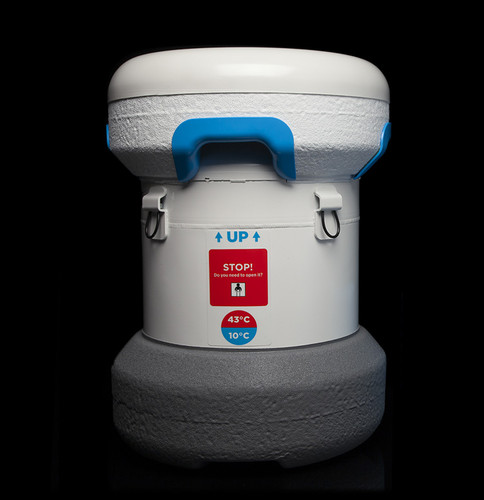

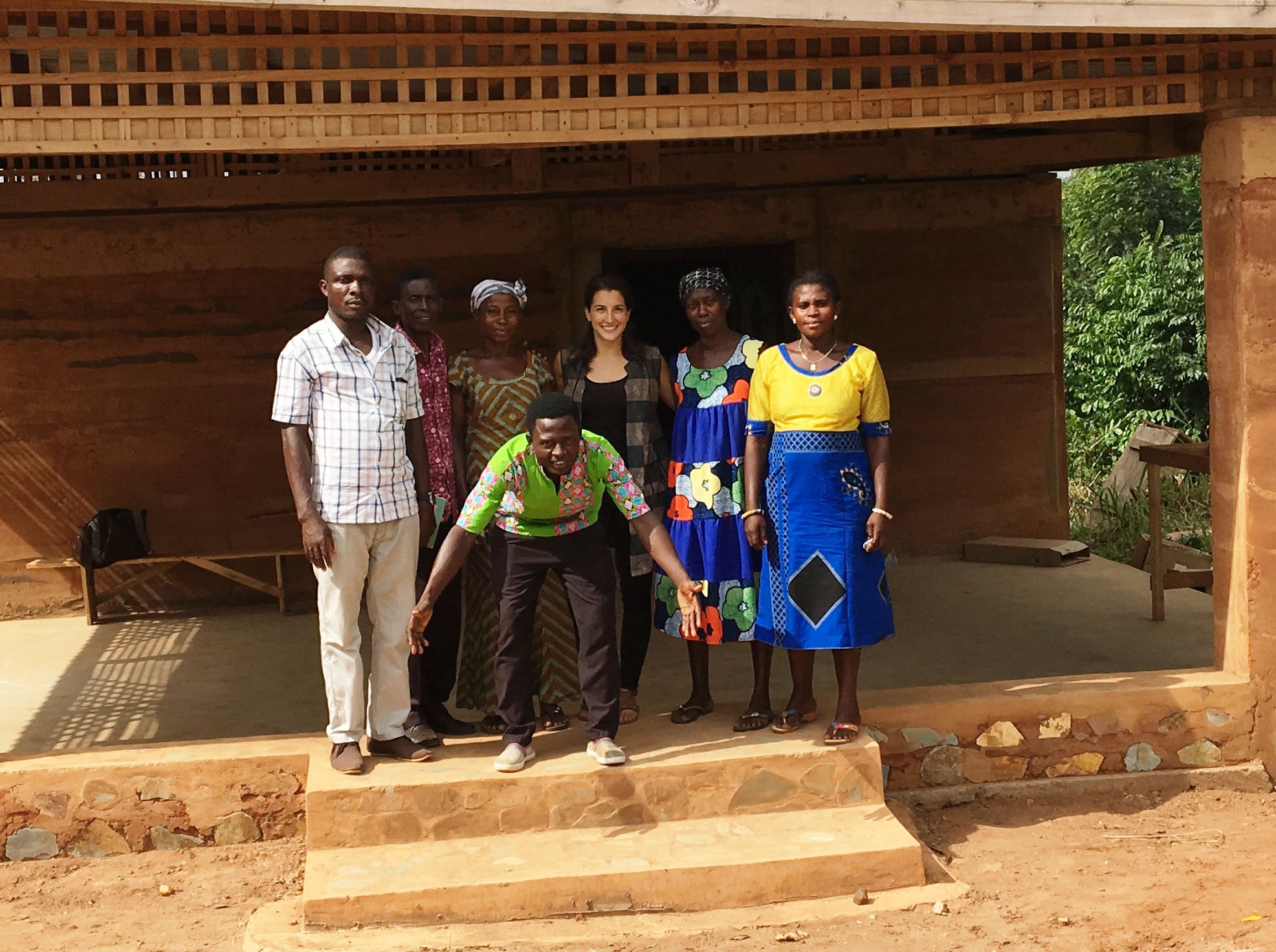
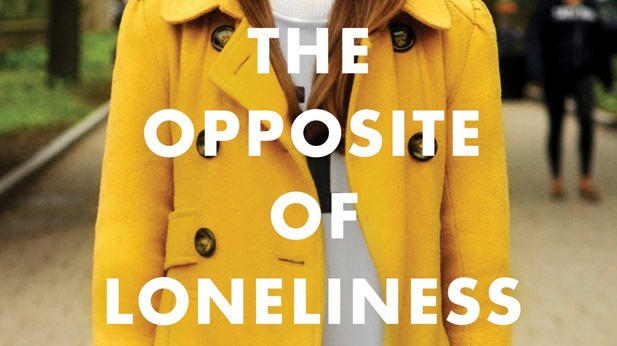


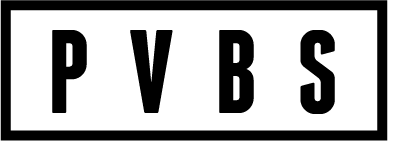
Off